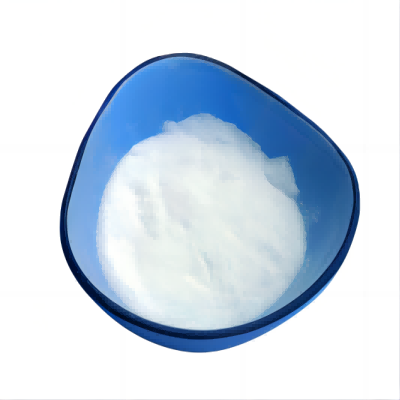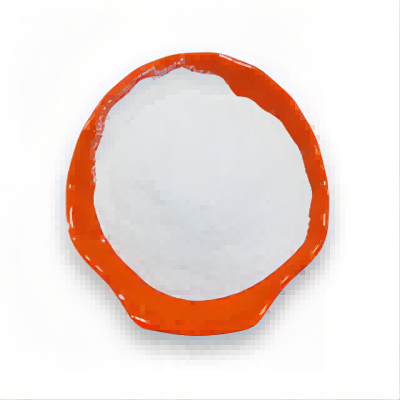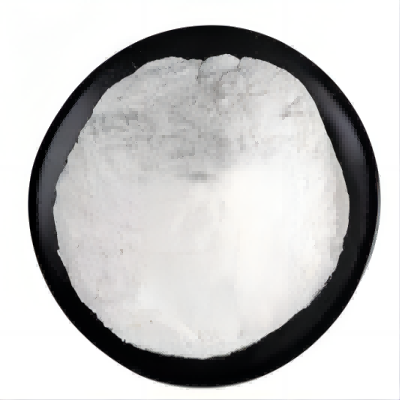Dextrose Ahhydrous/D-Glucose anhydrous CAS:50-99-7 Manufacturer Supplier
Glucose is the primary fuel for biological respiration. During digestion, complex sugarsand starches are broken down into glucose (as well as fructose and galactose) in the small intestine.Glucose then moves into the bloodstream and is transported to the liver where glucoseis metabolized through a series of biochemical reactions, collectively referred to as glycolysis.Glycolysis, the breakdown of glucose, occurs in most organisms. In glycolysis, the final productis pyruvate. The fate of pyruvate depends on the type of organism and cellular conditions.In animals, pyruvate is oxidized under aerobic conditions producing carbon dioxide. Underanaerobic conditions in animals, lactate is produced. This occurs in the muscle of humansand other animals. During strenuous conditions the accumulation of lactate causes musclefatigue and soreness. Certain microorganisms, such as yeast, under anaerobic conditions convertpyruvate to carbonic dioxide and ethanol. This is the basis of the production of alcohol.Glycolysis also results in the production of various intermediates used in the synthesis of otherbiomolecules. Depending on the organism, glycolysis takes various forms, with numerousproducts and intermediates possible.glucose has moisture-binding properties and provides the skin with a soothing effect. It is a sugar that is generally obtained by the hydrolysis of starch.
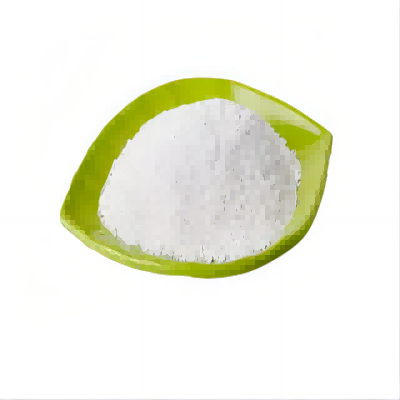
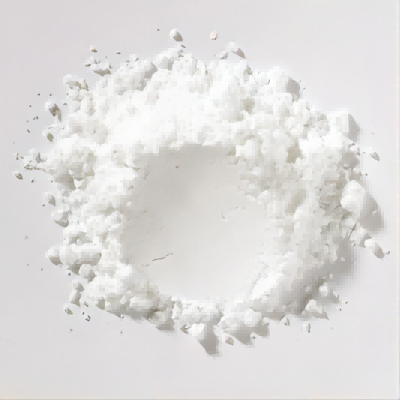
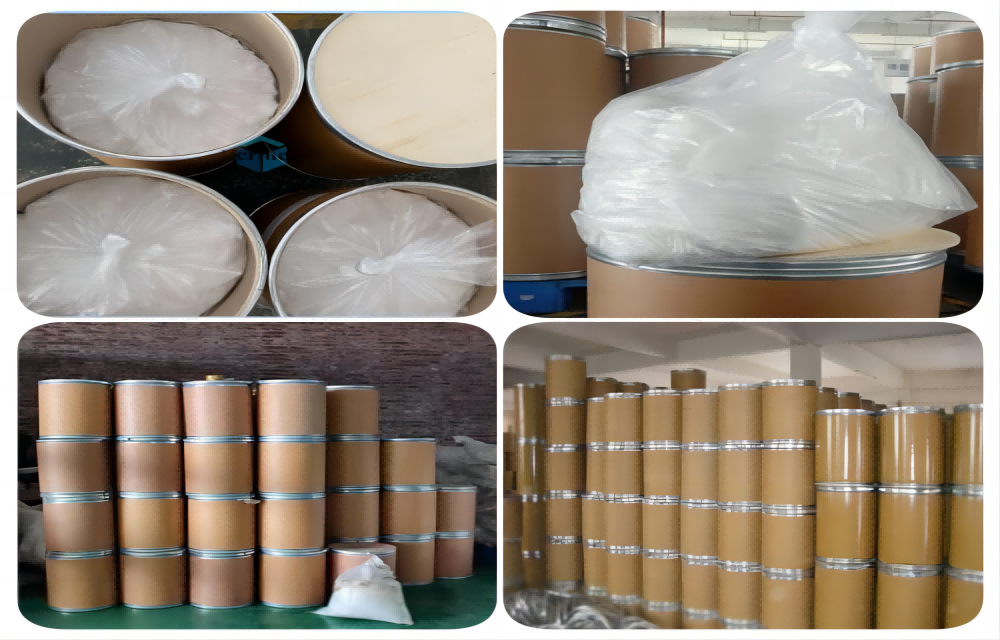
| Composition | C6H12O6 |
| Assay | 99% |
| Appearance | White powder |
| CAS No. | 50-99-7 |
| Packing | 25KG |
| Shelf Life | 2 years |
| Storage | Store in cool and dry area |
| Certification | ISO. |


